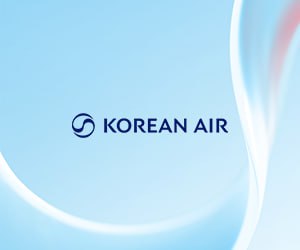
Beatrice (above) during her visit to Preah Sisowath New Generation School in Phnom Penh last Saturday. Post staff
With a strong conviction, Cambodia scripted its own success story to transform its once fragmented education system to make it more accessible to the masses.
It worked to a large extent. Now, the Kingdom prides itself with a literacy rate of over 77 percent – a testimony of its achievement.
Decades-long sweeping reforms – improvements in school infrastructure, increase in educational budget, better staffing and resources, and buttressed with policies like The Education Strategic Plan 2014-2018 – have been central for the proliferation of education.
Today, over thousands of students, from far-flung rural areas to urban localities, avail of free education every year.
While, private institutions compete with public schools and universities for enrollment.
But limitations continue to blight the sector. A myriad of challenges still stifle in providing inclusive and quality education for the growing student population, which educationists need to address quickly, in order to drive the country from an agrarian society to an industrial economy.
Cambodia has a towering ambition. It wants to transcend from a lower-middle income nation to an upper-middle income country by 2030, and to be a developed economy by 2050.
A Ministry of Education, Youth and Sport’s report. cited: “The immediate and future economic growth and competitiveness of the nation to realise the ambitions depends on our people having the right knowledge and relevant skills, reflecting our cultural and ethical heritage.”
But ground realities depict a different narrative. Rural education is still lagging due to a lack of resources such as trained teachers, modern infrastructure, language of instruction and shortage of private investments – lament some educationists.
The government estimated that only 42 percent of students reached Grade 9 between 2015 and 2016 school years.
Another pressing issue is the skill gap between what institutions, both public and private produce, and what the market needs.
In other words, most students are not market-ready after graduation. The government needs to bridge this gap and educational institutions need to produce graduates to match market demands.
“Skilled human resources even for low-to-medium skill intensive industries are in increasingly short supply."
Moreover, the gap between human resource skills that industries and businesses need with what the education institutions, whether academic or vocational training are producing, is widening almost every year.
“Cambodia will have to tackle this growing skill gap if it is to achieve its vision of becoming an upper-middle-income country in the next two decades."
“And subsequently move up the development ladder,” said the “Cambodia Education 2015 - Employment and Empowerment” report (authored by Dr Chhem Rethy, Dr Khieng Sothy and Dr Srinivasa Madhur).
Experts say less emphasis on research and development is another barrier that higher educational institutions need to surmount and ensure enough funding is allocated to promote science and technology, which is lacking at the moment.
“We need to reimagine education”, Princess Beatrice Elizabeth Mary of York told The Post last Saturday during a visit to the Preah Sisowath New Generation School in the capital.
“I am inspired by the students and impressed by their mindset."
“They are passionate and determined about their careers and want to be engineers, architects, doctors and lawyers.
“We have a challenge to educate young people to support the needs of the 21st century workforce. We need to re-imagine education to (face) modern struggles,” said the princess.
In conclusion, a strong political will to push the national education agenda to power the country into a digitally empowered society and a knowledge-based economy is urgently needed.
For any progress the cornerstone is education.














